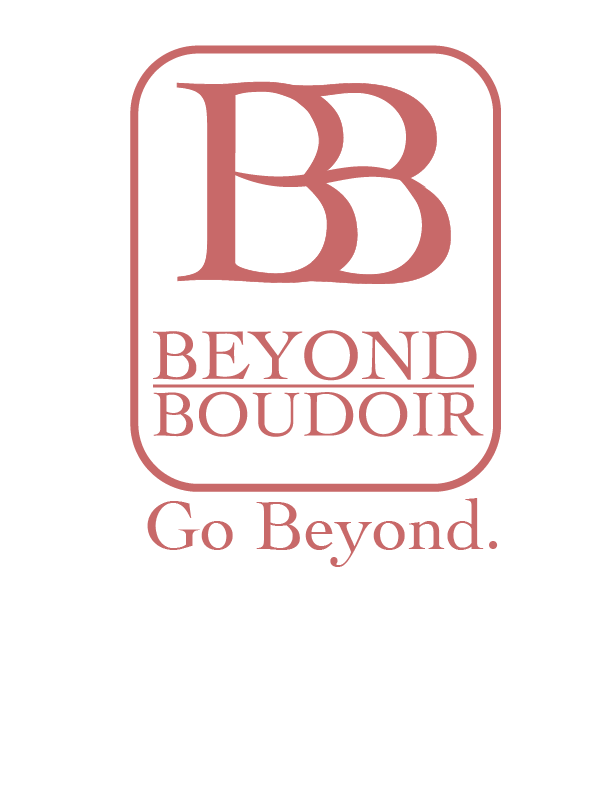Perspectives, part 1
I want to talk to you a bit about perspective. Perspective is the art of creating three dimensionality in a two dimension image. To show it as having height and width and depth and a position in relation to each other.
We live in a world past the 15th century, so we don’t understand that for most of mankind’s existence, there was no such thing as perspective in western art. Well, that’s not quite true; there was earlier attempts in Greece, but that information was lost for the better part of 2000 years.
During the middle ages—right before the discovery of perspective—most paintings were a representation of a spiritual reality, rather than a physical one. Therefore, someone with great spiritual significance (a king, a pope) was painted larger than a prince or a bishop, who was in turn larger than a duke or a priest, and so on down the line. So a king might stand 16 inches tall, while a mere serf would be two inches tall in the painting.
But during the 1400s, European painters started to experiment with showing the world the way they saw the world. That meant that rather than drawing a Pope who stood maybe 5’10 as being twice the size as a bishop who stood 5’9, they would draw them the same size, while the door in the distance appeared smaller.
This was a radical idea at the time and took the art world by storm. Suddenly, images went from lifeless and flat to detailed and quite realistic, in the course of about 150 years.
As a beyond boudoir photographer, I am always aware of how perspective plays in my images. Horizons, leading lines, and points of convergence dance around in my brain, sometimes consciously, sometimes unconsciously, when taking an image. Because how a person fits in a frame subconsciously influences how we see them.
For example, take the above shot of Miss A, taken in the Northern Rockies. It’s a great image, if I do say so myself. And don’t get me wrong, it is very easy to get a good image of her (as she is so beautiful), but I also used a number of perspective tools to help make it better.
First, look at where she is in the frame, compared to the background. Your eye follows the mountain on the left down to where she stands. Another mountain on the right also comes down to intersect with her right at her torso.
More importantly, the camera is on a level with her waist. This makes her appear as if she is standing above the trees, head in the cloud. This creates the sense of her being tall, which in turn creates the idea of her having authority. Purpose. She has her legs apart, which form a triangle, pointing towards her backside and back. Everything in the picture is converging on her in a mad rush saying “SHE IS IMPORTANT!” (She, in turn, is looking out towards the mountains, her bent arm forming an arrow that points at the scenery, which in turn draws you back towards her. I could say more, but you get the sense that the lines in the image all lead back to her.)
On the other hand, this shot of L (taken at her house in Grande Prairie) does not say “I have the authority in this relationship.” The camera is above her (almost directly so) and you can almost hear her asking “what do you want me to do?”
By changing the perspective in the image, you change the power dynamic. In one, the viewer is looking up to the subject, in the other, the viewer is looking down. The top one is sexy, yes, but the bottom image? Is nearly sexual.
Which is better? I don’t like that question. A better question is, which is better for you? Because each person is different. There is a nearly palpable promise of things to come in the second image. If you are doing a photoshoot for a special someone(s), and you want to make that promise? If you want to say, “here I am, ready and willing,” then great. If you want to say “I’m a badass outdoor chick with my head in the clouds?” We can do that. It’s okay to say both in the same session, even.
If you want to talk about ideas around perspective and how to work that into your session, or just curious about what it means to go “beyond” boudoir, I’d love to chat. Send me an email, or fill out out our no-obligation form, so we can set up a time to talk.



